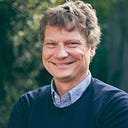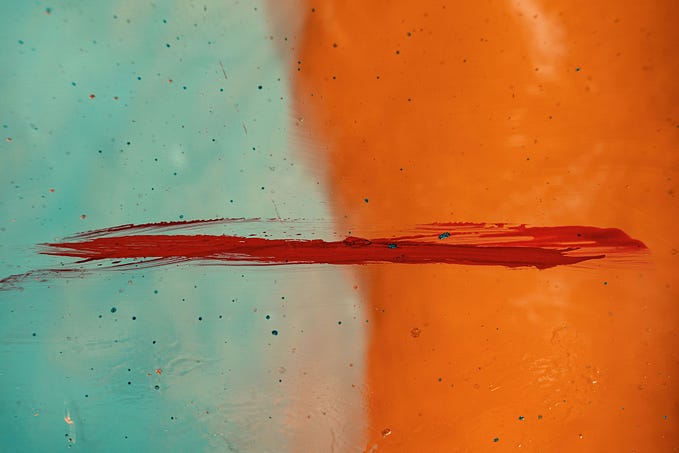Regenerative Design: A Framework for Emergent Knowledge and Capacity

In this era of transformative thinking, I am crafting a framework for regenerative design and development, encompassing 11 vectors. This framework is not about creating products; it’s about nurturing processes of emergent knowledge and capacity, a concept that visionaries like Bill Reed and Daniel Christian Wahl have echoed in their work.
The deliverable of regenerative design is capability.
Capability is distinct from capacity. This distinction is crucial, as these vectors foster a process of developing both capacity and capability.
To understand this, one must grasp the difference between capacity and capability.
Capacity is the ability to understand, while capability is the power to evolve from that understanding.
Daniel Christian Wahl eloquently states, “understanding that everything personal is planetary and everything planetary is personal,” urging us to “understand” ourselves as integral parts of life in a planetary process.
Regenerative design builds capacity through living system processes, embracing patterns and principles of living systems. This approach creates a framework for potential, based on principles of regeneration identified by thinkers like Bill Reed, Carol Sanford, and Daniel Christian Wahl. These principles:
Whole, Developmental, Essence, Potential, and Reciprocity — are foundational to this approach.
John Fullerton has also developed an interesting set of principles. (I dove deep into them while working together with John as Director of Innovation at The Capital Institute)
I have come to understand that we need to simplify the language, I align with five. well…. Maybe six (“Nestedness” is pressuring to make the top five)
So Let’s delve into these principles, intertwined in the flow of design.
‘Wholeness’ (1) refers to a self-sustaining system, yet it’s the interplay of other principles that fosters regeneration.
It’s an open system, interacting and sometimes integrating with other systems, The principle of “Nestedness”, …. I told you :)
This interdependence creates emergence, adding to wholeness the capability to generate emergence and coevolve.
Bill Reed asserts, “Coevolution requires the whole: person to person, person to group, and person to nature.”
Whole has emergent properties, but as a principle, is not sufficient on its own.
The principle of ‘Essence’ (2) relates to the unique qualities of a place, including its natural biome and ancestral wisdom. Honoring this essence means acknowledging the land and the deep-rooted cultural knowledge co-designed with nature over centuries.
‘Reciprocity’ (3) in this context is based on Reconciliation — (see the reconciliation factor)
In our regenerative design framework, ‘Reciprocity’ is deeply rooted in the concept of Reconciliation.
I bold its importance- Reconciliation is a loving force, Reconciliation means becoming one with the land, ancestral cultures, local communities, and oneself. It’s about healing and aligning with nature and community.
‘Reciprocity’ is not just a principle; it’s a transformative force — a journey towards oneness with the land, ancestral cultures, local communities, and our inner selves. Together they go beyond mere exchange; they embody a profound healing and alignment with nature and community.
It underscores that true reciprocity can only flourish in an environment where reconciliation prevails, where every interaction is an act of giving and receiving in harmony, fostering a balanced and thriving ecosystem. This emphasis on reconciliation as a loving force highlights its critical role in nurturing genuine reciprocity, ensuring that our engagements and contributions are deeply connected and mutually beneficial.
‘Wholeness’ is aspirational and continually evolving, demanding resilience. It peaks in a syntropic, regenerative process.
The ‘Developmental’ (4)principle signifies that we are in a continuous design process — adaptive and evolutionary. My experiences, such as studying Buddhist approaches in my stay at Thich Nhat Hanh’s Plum Village, and discussing profound organization structures with thinkers like Elinor Ostrom, have shown me that Sangha and Commons are underpinned by ‘Intention.’
Intention is a syntropic force, catalyzing understanding, capability, potential, reciprocity, and essence, aligning with the unique and resilient nature of life.
The principle of ‘Potential’ (5) enhances our understanding of individual and collective growth. Potential represents the unique, inherent qualities within us, a kind of inner light that is ignited by the permission to be our authentic selves. This concept is pivotal in regenerative design, signifying “the capacity to evolve both individually and collectively” into a higher state of civilizational understanding. It’s about tapping into what it truly means to be human and alive within a living, regenerative system. Potential is not static; it’s an evolving essence, growing as we deepen our connections with ourselves and the world. By embracing and nurturing this potential, regenerative design creates spaces and systems that allow for a dynamic, syntropic flow, propelling us towards a future where human and ecological systems co-evolve harmoniously. This principle of potential is a guiding light in our framework, leading us towards a world where individual contributions enrich the collective experience, driving sustainable and meaningful progress.
In closing…
As we will find out, this framework is a process, a “Culturescaping”.
It’s a draft, the first brick of the bridge to a new paradigm.
Dear reader and fellow journer, it's a starting point. A reflection of my process of living systems thinking and regenerative design understanding. To build Capacity and Capability. It’s also a result of collaborative work, such as my recent project with Regenesis for a Biohub in Brazil.
Please Join in… Challenge, Argument, bring insights, co-design,
This framework aspires to become more than a design methodology; it’s a philosophy for building a world where our developments are not just sustainable but regenerative, where they align with the principles of life itself, creating a harmonious existence between humans and nature.
Come join us, The Sangha is open.
If you want to go back to understand Regenerative Design the Framework and what the Biohub is about Just click. Just remember this is a design Thinking Process
Thanks for your support!
Before You Leave!
If you relate to this story, I would greatly appreciate you clicking the 👏button. You can hold it down up to 50 claps and this will help this story get more exposure and this narrative more support. If you feel the calling please reach out privately or leave a comment below.








